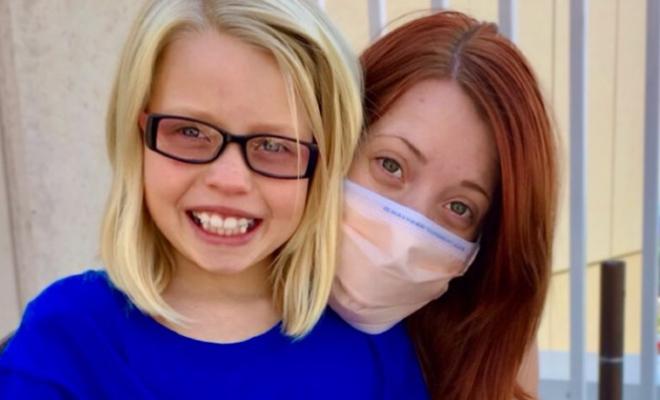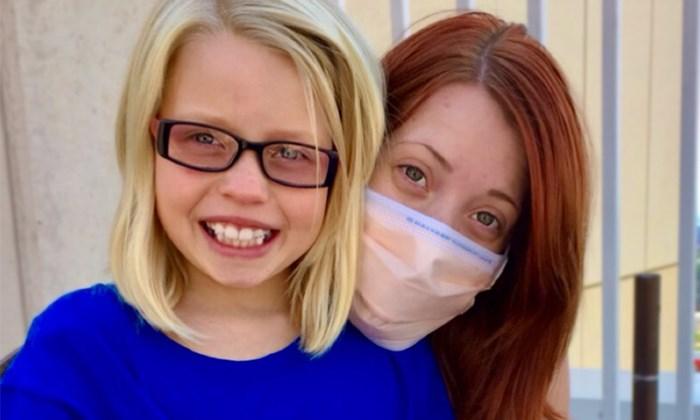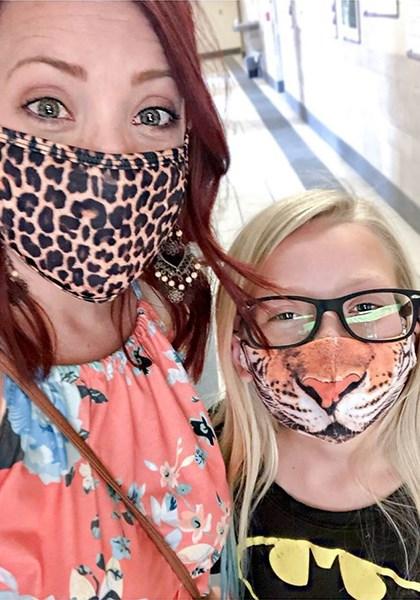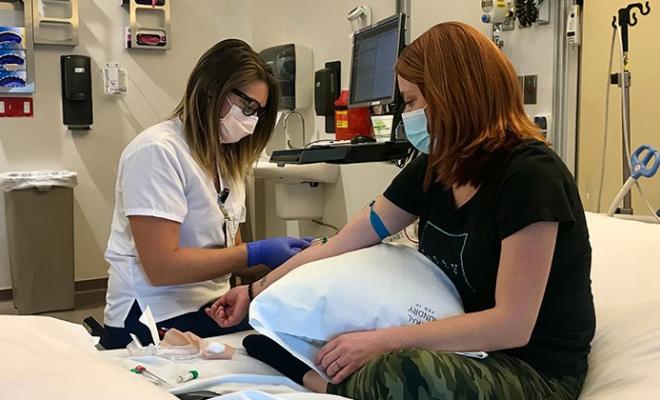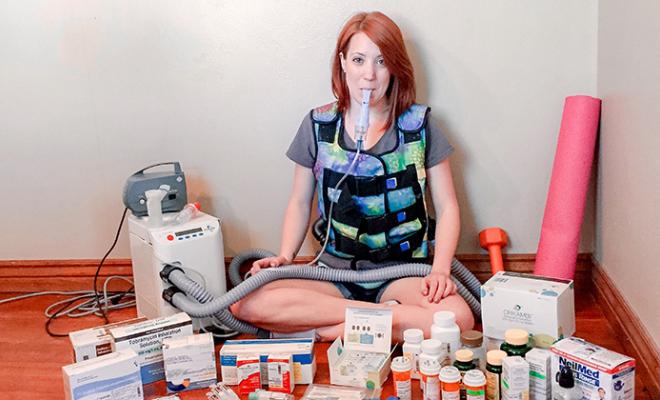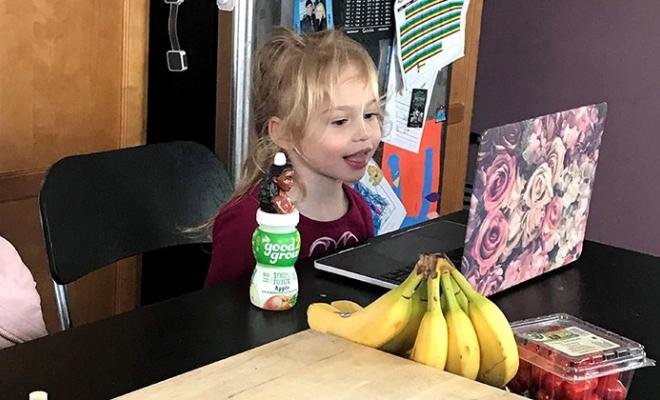Unless you've been on another planet for the past few months, you know that we're in the midst of a global pandemic. At this point, we've seen more than 150,000 deaths in our country and over half a million worldwide. Yet, more and more, I'm seeing the call for a streamlined return to normalcy. As we listen to the debate about masks, see the number of cases continue to skyrocket, and contemplate the next steps we should be taking, there's an anecdote from my childhood that keeps coming to mind.
I had a friend who refused to drink soda after hearing about a woman who found a dead rat in her drink. My friend believed that companies recognize the possibility of rodents falling into the large vats of soda during production and, rather than wasting product, the company arbitrarily chooses an acceptable number of rats. As long as that number of dead rats is not exceeded, the product is deemed fit for packaging and sale. For my friend, the only acceptable number of dead rodents in her soda was zero. “Life is a game of dead rat soup,” she'd say. “How much risk are you willing to take?” This story probably seems gross and irrelevant, but bear with me and I think you'll see where I'm going.
Despite the many ways in which life has changed over the past several months, pandemic life feels eerily familiar to me. Perhaps that is because people with cystic fibrosis have always worn masks, stayed six feet apart, practiced cross-infection control, and prioritized our health above all else. Operating with caution has been necessary for our survival and, because of our vigilance, we have flourished. Life expectancy and quality of life for people living with CF continue to improve, but it's taken a lot of work to get here!
My daughter (who is almost 11) has handled the last few months with impressive grace and courage. I believe that much of her resilience comes from her familiarity with my struggles having a chronic illness. She grasps the importance of physical distancing and wears a mask without question or complaint. She understands that as we work toward getting back to “normal,” we can do things to keep our risk low, while still finding beauty in the world. Unfortunately, many people in our lives do not share her attitude.
Currently in our town, there is a push for a full return to school without masks or distancing measures. Parents want their children to endure as little emotional damage as possible, which I completely understand. However, I don't believe that wearing a mask or having to sit six feet away from classmates is what will cause the most profound damage. What happens when our children start bringing the virus home, potentially infecting their more vulnerable family members? How will our kids cope with the death of classmates or teachers? How much preventable loss and heartache will they experience if we rush too quickly to get back to normal? This is the kind of emotional trauma I deem worthy of consternation.
A popular suggestion for settling this dilemma is that, if they are “scared,” high-risk individuals (like me) should completely self-isolate while the rest of the world hurries back to normal. There are multiple flawed points to that logic, but perhaps the most contradictory is this: I do not exist alone in this world. My partner is an essential employee and has continued to work throughout this pandemic. My child has the very same social and educational needs as her peers.
Removing myself from society as a measure of protection only works if my family isn’t exposed while they’re out in the world. For that to happen, the general public must also be taking significant measures to slow the spread of the virus. If the vulnerable population makes all the sacrifices and concessions, we are still at risk. But when everyone is willing to accept responsibility and collectively tackle the issue, risk goes down for everyone.
As a high-risk individual, as a parent who wants the best for my child, and as a human being who cares about others, I’m saddened by much of the discourse taking place. The push to get back to normal without consideration for the most vulnerable among us is deeply concerning. As we consider what our next steps should be as a society, I keep wishing that more people knew about my friend’s “dead rat soup” theory. If you knew that several rats had fallen into a barrel of soda, would you still drink it? What if it was just one rat? Still no? How many rats are acceptable? How many could you tolerate?
Now instead of rats, imagine human lives in the context of our current global health situation. If you knew that a certain activity meant risking a life, would you do it? How many lost lives are acceptable? If “returning to normal” too quickly will result in people dying, how many lives are you willing to jeopardize? Who in your life would you be willing to sacrifice?
Over the last several months, the overall message we’re hearing is that the vulnerable population is expendable; our lives are a sacrifice worth making so others aren’t subjected to the unbearable horror of masks, social distancing, and other protective measures. On the contrary, our lives are enormously valuable!
There is much to be learned from people who have successfully prioritized health and mitigated risk while continuing to live full, beautiful, fulfilling lives. We are living proof that it doesn’t have to be an either/or situation.
I truly believe we can collectively take responsibility, protect the most vulnerable, AND emerge from this pandemic with relatively little emotional trauma.
Just like the rest of the world, I’m anxiously awaiting a return to normalcy, especially for the sake of my child. However, when it comes to human lives, I believe there is even less room to compromise than there is when playing a game of dead rat soup.
Interested in sharing your story? The CF Community Blog wants to hear from you.

